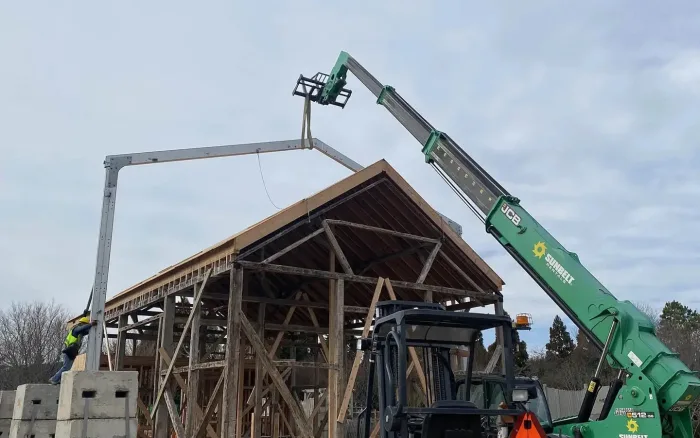An effective evacuation plan requires regular training and drills to ensure all occupants are familiar with procedures and routes.
The plan should be reviewed and updated periodically to accommodate changes in the structure, occupancy, or identified potential hazards. This comprehensive approach ensures that in the event of an emergency, occupants can evacuate quickly and safely, minimizing the risk of injury. Each plan is tailored to the specific needs and challenges of the particular temporary structure and its occupants, ensuring a targeted and efficient response.
The who and the what are clear. Who: Occupants. What: Evacuating occupants from temporary structures in emergencies. WHEN, WHERE, WHY AND HOW are the questions when it comes to evacuation plans for events! An evacuation plan is essential to the safety of your project and every part of the plan should be well plotted out.
WHEN
Pre-project is the time to decide and plan for emergency shelter locations (an available, open permanent structure), and determine a route to get there, noting it’s address in case of emergency assistance. Appropriate means of communication and a designated point person or point person(s) should also be determined pre-project. At any time, be sure to contact your vendor when anything seems unusual.
WHERE
Be sure to select evacuation locations within reasonable walking distance of your event so you can transport occupants quickly by foot in an emergency. However, whenever possible, consider a great enough distance from your temporary structure so that no one will be injured by debris or equipment in extreme weather or dangerous conditions.
WHY
There are several circumstances that may warrant evacuation, including: lighting, high/gusty, excessive rain, hail or sleet, an ice storm, flooding, smoke, fire, an explosion, a gas leak, earth movement (tremor, landslide, etc) and any other dangerous public safety concerns. All of these scenarios can cause a temporary structure to become unsafe for occupants and would mandate the decision to evacuate.
HOW
Making a public announcement immediately upon the decision to evacuate is essential. Then, assistance id key to ensure that every occupant gets to the designated emergency shelter via the determined route in a safe manner. For vendors, it is best to provide a sample evacuation plan for reference along with the evacuation route, shelter location and other critical information.




